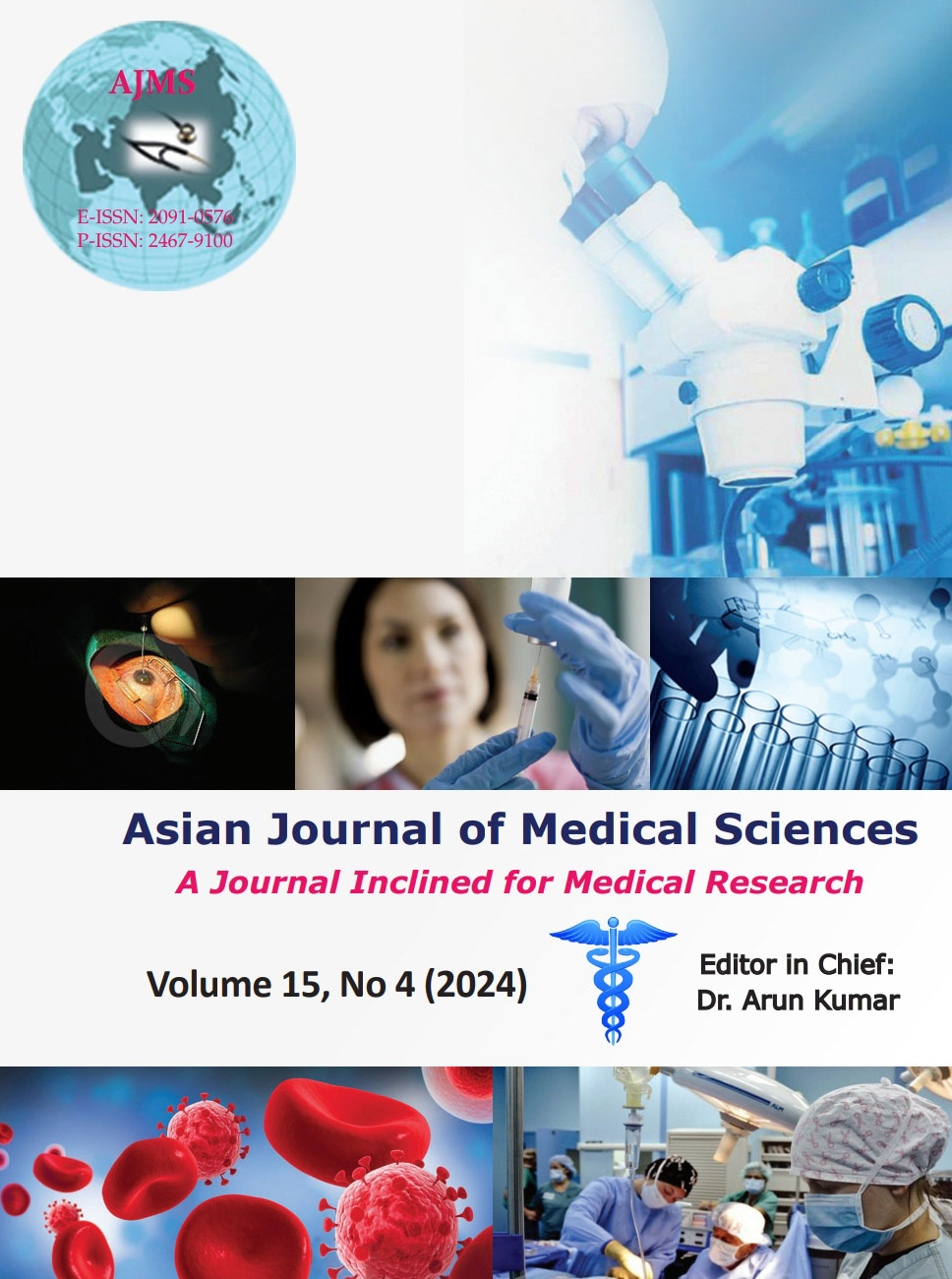A comparative study of ferric carboxymaltose and iron sucrose as a parenteral iron treatment in iron deficiency anemia during pregnancy in a tertiary care hospital
Keywords:
Ferric carboxymaltose; Iron sucrose; Anemia; Iron deficiency anemiaAbstract
Background: Anemia from the Greek word (anhaima) meaning “without blood” is the deficiency of red blood cell and/or hemoglobin which result in reduced oxygen-carrying capacity of blood causing tissue hypoxia.
Aims and Objectives: To study the efficacy and safety of intravenous ferric carboxymaltose (FCM) versus iron sucrose in the management of iron deficiency anemia in pregnancy.
Materials and Methods: A prospective, single-center, comparative interventional randomized study was carried among 180 antenatal mother admitted to antenatal ward in the Department of Obstetrics and Gynaecology of Burdwan Medical College and Hospital, from July 1st, 2020, to December 30th, 2021.
Results: A total of 180 patients, 90 patients in each FCM and iron sucrose group, were included in the study. There was significant (P=0.001) mean change in hemoglobin (Hb) level in both the groups from pre-treatment to 3 and 6-week post-treatment. There was also a significant (P=0.001) mean change in ferritin level in both the groups from pre-treatment to 3 and 6-week post-treatment. The mean change in Hb level and ferritin level was higher among patients of FCM compared to iron sucrose. The adverse reactions were lower among patients of FCM than iron sucrose.
Conclusions: This study found that FCM is safer than iron sucrose. Treatment with FCM resulted in rapid replenishment of iron stores in pregnant women with significantly high rise of Hb and ferritin levels over a 6-week period with lesser adverse effects.
Downloads
Downloads
Published
How to Cite
Issue
Section
License
Copyright (c) 2024 Asian Journal of Medical Sciences

This work is licensed under a Creative Commons Attribution-NonCommercial 4.0 International License.
Authors who publish with this journal agree to the following terms:
- The journal holds copyright and publishes the work under a Creative Commons CC-BY-NC license that permits use, distribution and reprduction in any medium, provided the original work is properly cited and is not used for commercial purposes. The journal should be recognised as the original publisher of this work.
- Authors are able to enter into separate, additional contractual arrangements for the non-exclusive distribution of the journal's published version of the work (e.g., post it to an institutional repository or publish it in a book), with an acknowledgement of its initial publication in this journal.
- Authors are permitted and encouraged to post their work online (e.g., in institutional repositories or on their website) prior to and during the submission process, as it can lead to productive exchanges, as well as earlier and greater citation of published work (See The Effect of Open Access).




